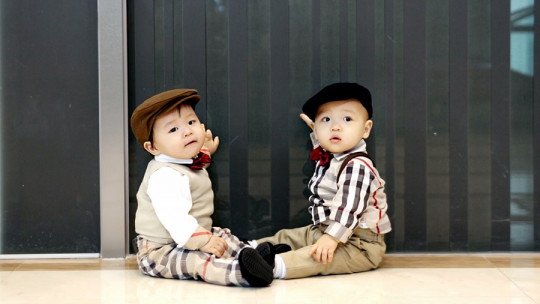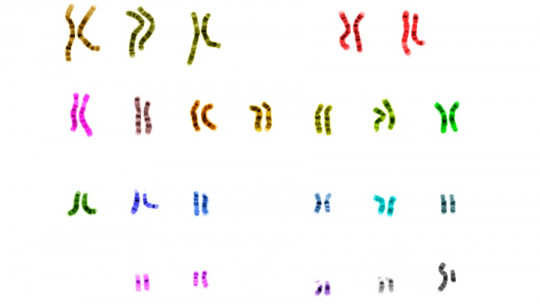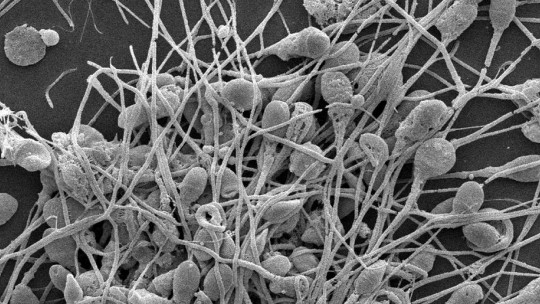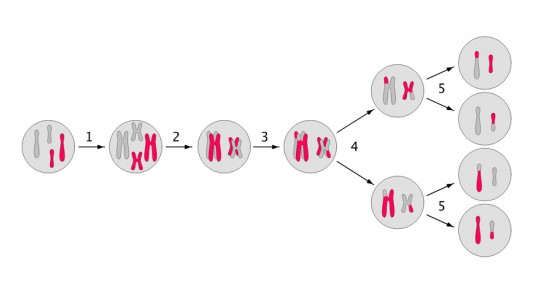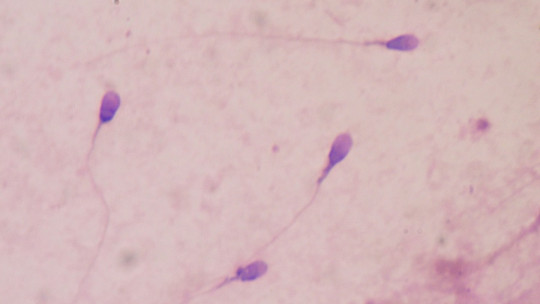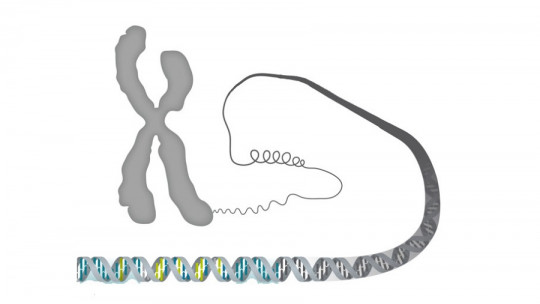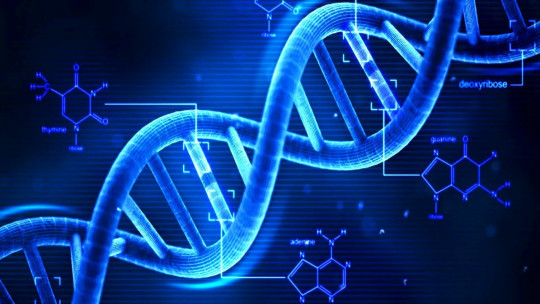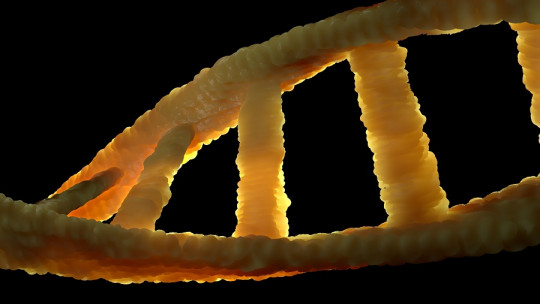Genetics is the answer and the engine of life itself. As indicated by multiple theories and postulations (from the origin of species to Kin Selection), animals do not live for the enjoyment of existence or for a greater purpose, but their only vital objective is to leave offspring, or whatever. It is the same, increasing the proportion of your own genes in the next generation.
This can be achieved by having children (classic fitness) or by helping very close relatives have them (inclusive fitness).
The basis of all these concepts lies in reproduction, whether sexual or asexual : If a living being cannot leave a trace in any way, it is impossible for its genetic imprint to be expressed in subsequent generations. Based on this premise, infinite reproductive strategies arise in the natural world that try to maximize the cost/benefit of having children: partition, binary fission, autotomy, polyembryony, hybridization and many other forms. Environmental impositions modulate the behavior of living beings and, therefore, their reproductive strategy.
Still, to understand genetic segregation in a population from the beginning, you have to go back to the basics. Keep reading, here We tell you everything about what it means to be heterozygous, at an individual and population level
The bases of genetics in living beings
Before delving into the zygosity of living beings, it is necessary to clarify a series of terms that can cause confusion. First of all, it should be noted that Human beings are diploid (2n), that is, we have a copy of each chromosome within the nucleus of each and every one of our somatic cells Thus, if we carry 23 chromosome pairs at the cellular level, the total karyotype will be 46 (23×2=46).
Diploidy is a product of sexuality, since in our species (and in almost all), it comes from the union of a haploid sperm (n) and a haploid egg (n). Each of these gametes are diploid in their initial maturation phase (germ stem cell), but thanks to meiosis, it is possible to reduce the genetic load by half. Thus, when two gametes are fertilized, the zygote recovers diploidy (n+n=2n). As you can imagine, each of the two chromosome copies of the zygote belong to one of the parents.
Now, another extremely important concept comes into play: the allele. An allele is each of the alternative forms that the same gene can have, whose difference lies in the sequence of nucleotides that make it up A human being will have two alleles for each gene, as one will be located on a section of the paternal chromosome and the other on the homologue of the maternal chromosome. From here, we can highlight a series of generalities:
What does it mean to be heterozygous?
With this little class of genetics, we have defined heterozygosity almost without realizing it. A diploid (2n) individual is heterozygous when a given gene within the nucleus is composed of two different alleles , in typical Mendelian genetics, one dominant (A) and one recessive (a). In this case, it is expected that the dominant allele will be expressed over the other, but the genetic mechanisms are not always so simple to explain.
Actually, many traits are oligogenic or polygenic, that is, they are influenced by more than one gene and the effects of the environment In these cases, the variation in the phenotype is not explained by zygosity alone.
Furthermore, it is also possible that both alleles are expressed at the same time, in a lesser or greater proportion, through a biological phenomenon known as “codominance.” In this specific condition, there is no dominant allele (A) and a recessive allele (a), but rather both are part of the phenotype or external characteristics of the carrier.
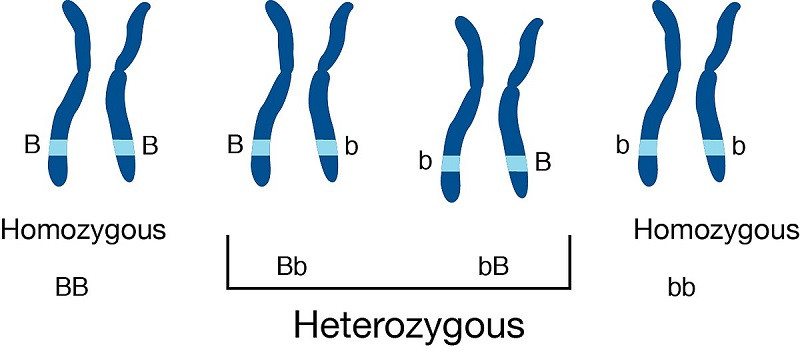
The heterozygous advantage
In population genetics, diversity is usually synonymous with the future A population nucleus of a given species where all individuals are almost equal at the genetic level has a very poor prognosis, because in the event of the slightest environmental change, it is possible that this genome will no longer be completely useful in the immediate moment. If all the specimens are the same, they will react the same, for better or worse.
For this reason, it is assumed that heterozygous individuals (and populations with a high rate of heterozygosity) have an advantage over those homozygous for the same gene. Rather, The more genes with two different alleles the specimen has, the more likely it is that its genetic plasticity will be more suitable This is not a merely conjectural concept, since it has been shown that homozygosity is a product of endogamy (reproduction between consanguineous relatives), something clearly harmful in the natural environment.
Let’s take an example. Cystic fibrosis is a clinical entity caused by the CFTR gene, located on the long arm of chromosome 7, at position 7q31.2. This mutation is recessive (a), because if the homologous chromosome has a healthy CFTR gene (A), it will be able to overcome the lack of its other mutated copy and allow the person to be healthy. Therefore, a person heterozygous for the disease gene (Aa) will be a carrier, but will not manifest the clinical picture, at least in the majority of autosomal recessive diseases.
This is not always the case, since Sometimes the lack of functionality of one of the two alleles can generate some quantifiable imbalances In any case, for an autosomal recessive disease to manifest itself in all its splendor, it is necessary that both copies of the affected gene are mutated and, therefore, dysfunctional (aa). This is why heterozygosity is less associated with disease than homozygosity, since a recessive pathology can be masked, even when the patient carries the affected gene.
According to this mechanism, it is not difficult for us to understand why there are breeds of dogs and cats with serious health problems (up to 6 out of 10 Golden Retrievers die from cancer and up to half of Persian cats have polycystic kidneys, for example). The more parents reproduce among themselves, the more there is a tendency towards homozygosity, and the more it is promoted that two deleterious recessive alleles end up joining together in the genotype of the same individual. This is why inbreeding is associated with long-term illness and death in a population
Furthermore, it is possible that heterozygosity gives the child more evolutionary advantages than those that their parents had when they were homozygous, or in other words, the phenotype of the heterozygote is more than the sum of its parts. For this reason, at the genetic level it is often said that a population with a high percentage of heterozygosity in the genome is “healthier” than one with a tendency towards homozygosity. The less variability there is between individuals, the more likely it is that everyone will be affected in the same way in the face of a deleterious change.
Summary
Despite everything described, we want to highlight that at all times we have moved on general grounds, since for each rule there is at least one meaning in the natural environment. We operate on the basis that genetic diversity is the key to success, but then why are there genetically identical asexual species that have persisted over time? The paradox of asexuality in “evolutionarily simple” beings is not yet resolved, but it is clear that homozygosity derived from reproduction between consanguineous relatives is negative for practically all vertebrates.
Thus, we can affirm that, in a natural population, genetic variability is the key to success. Therefore, in population genetic studies It is often generalized that a high percentage of heterozygotes is synonymous with health


